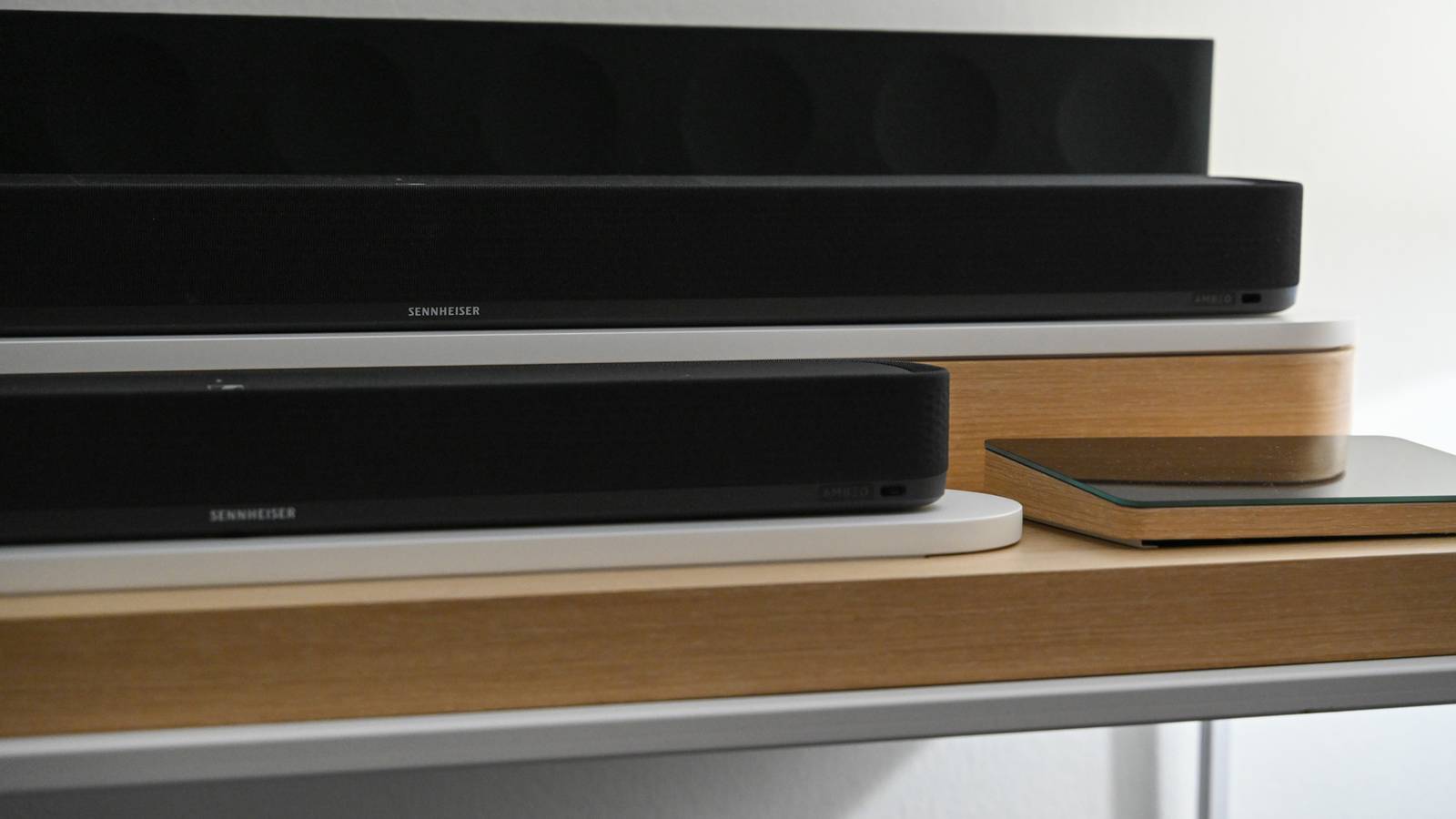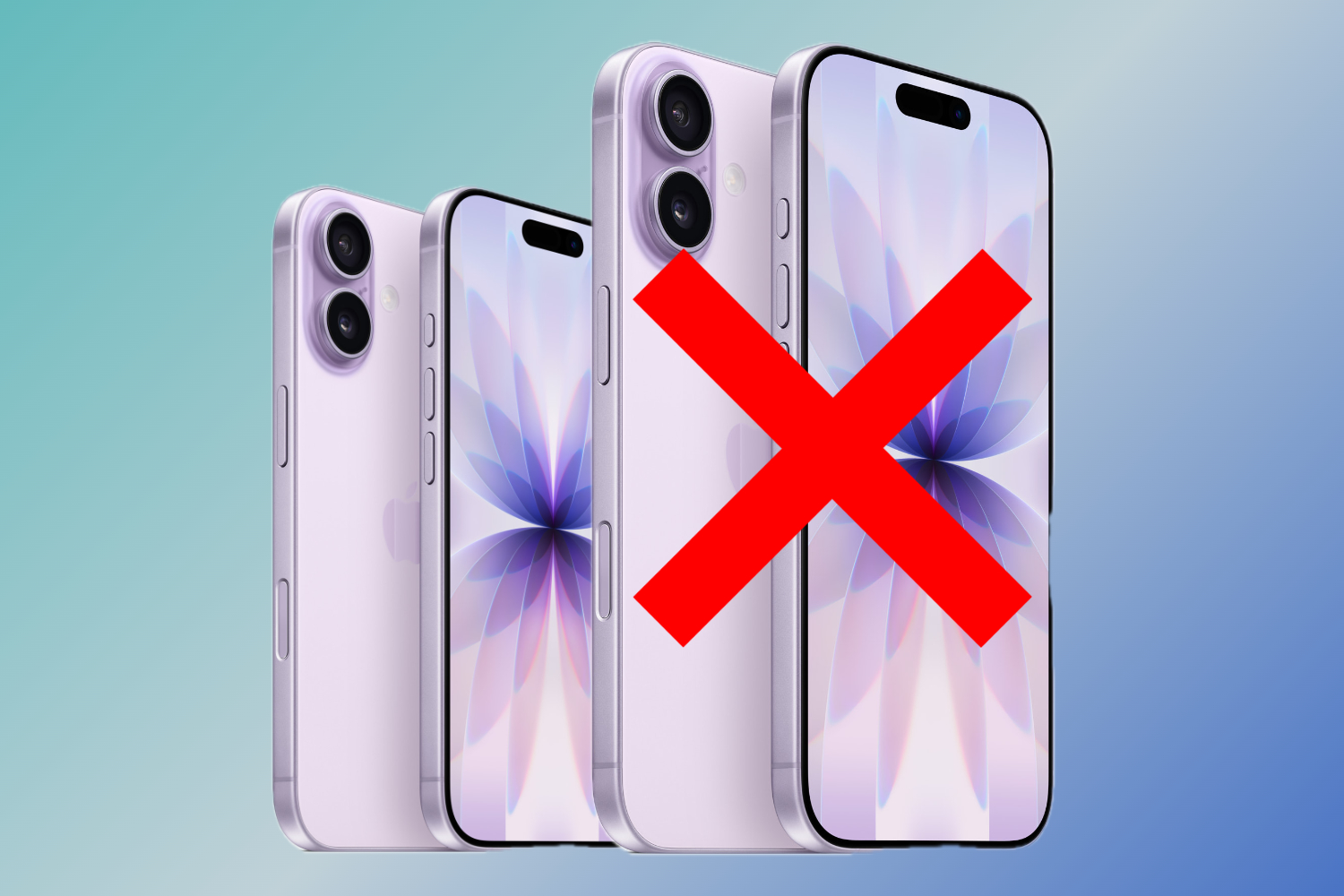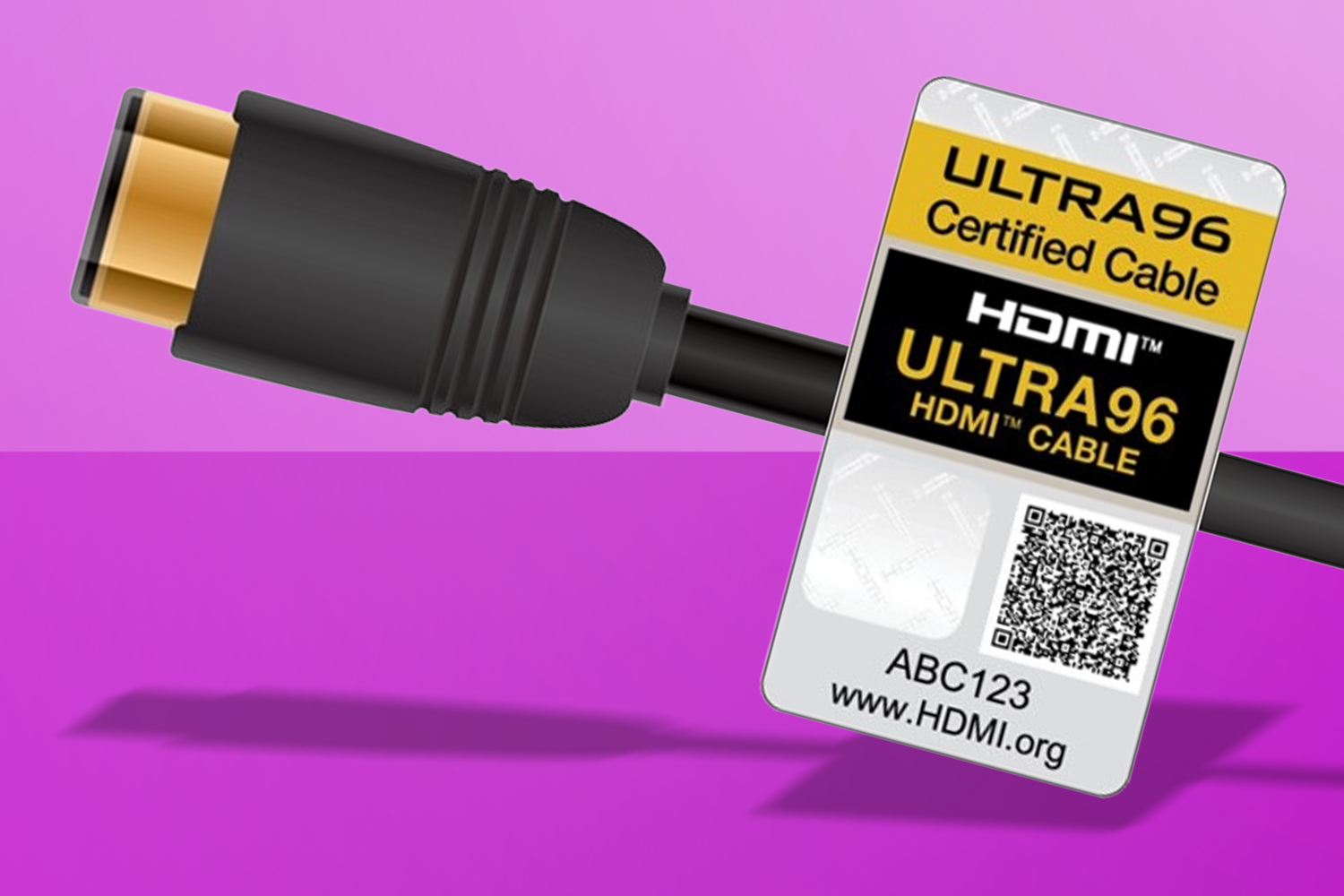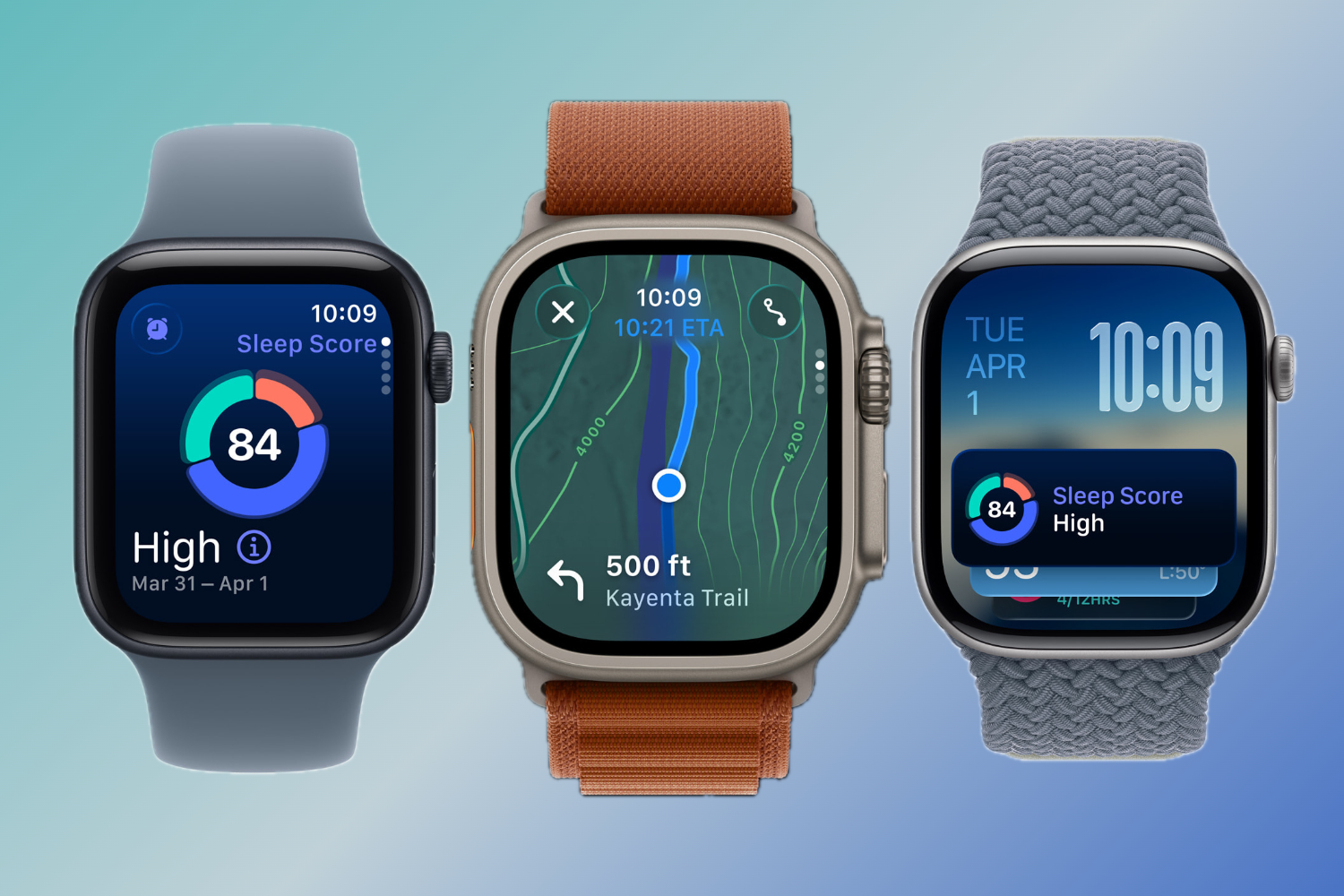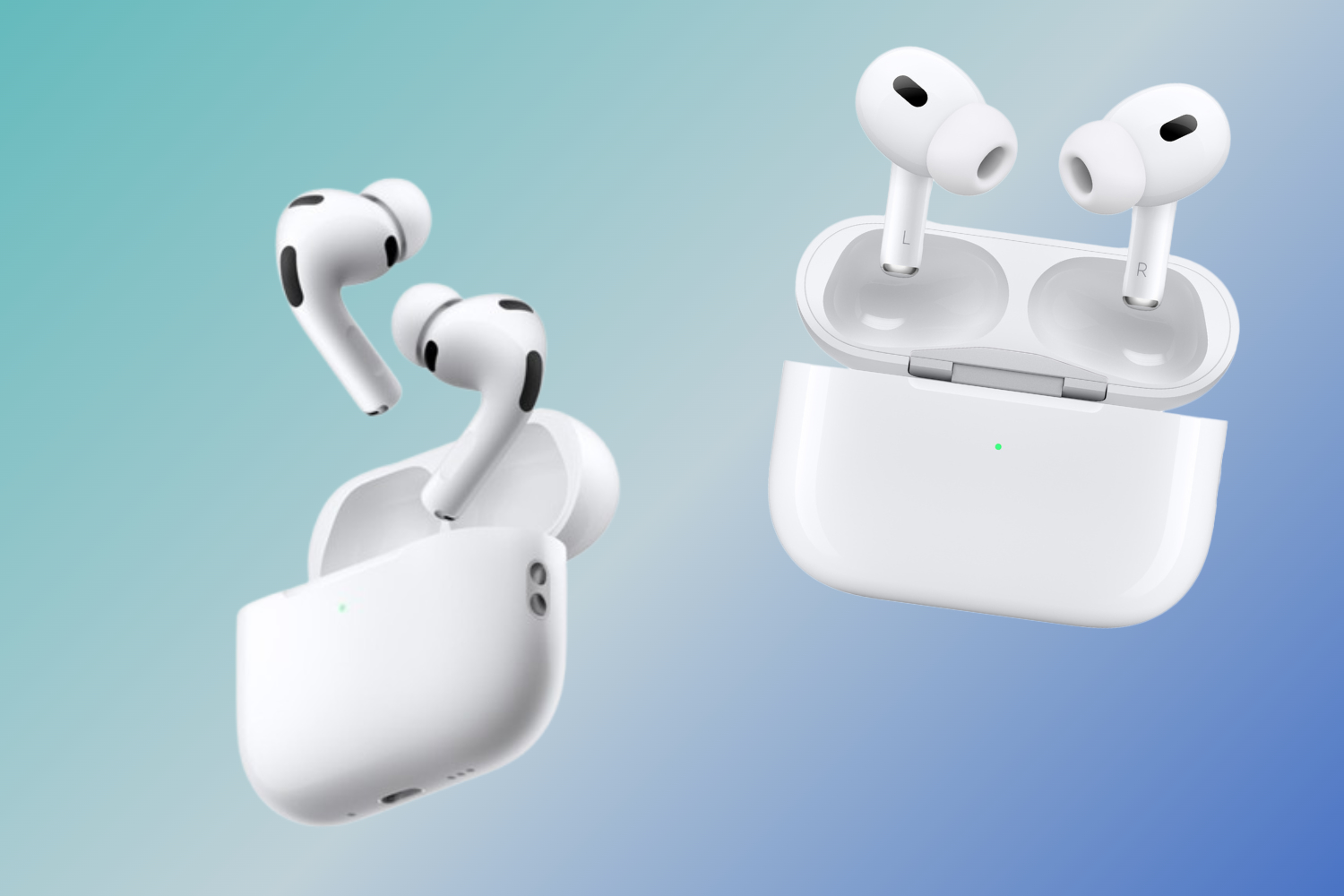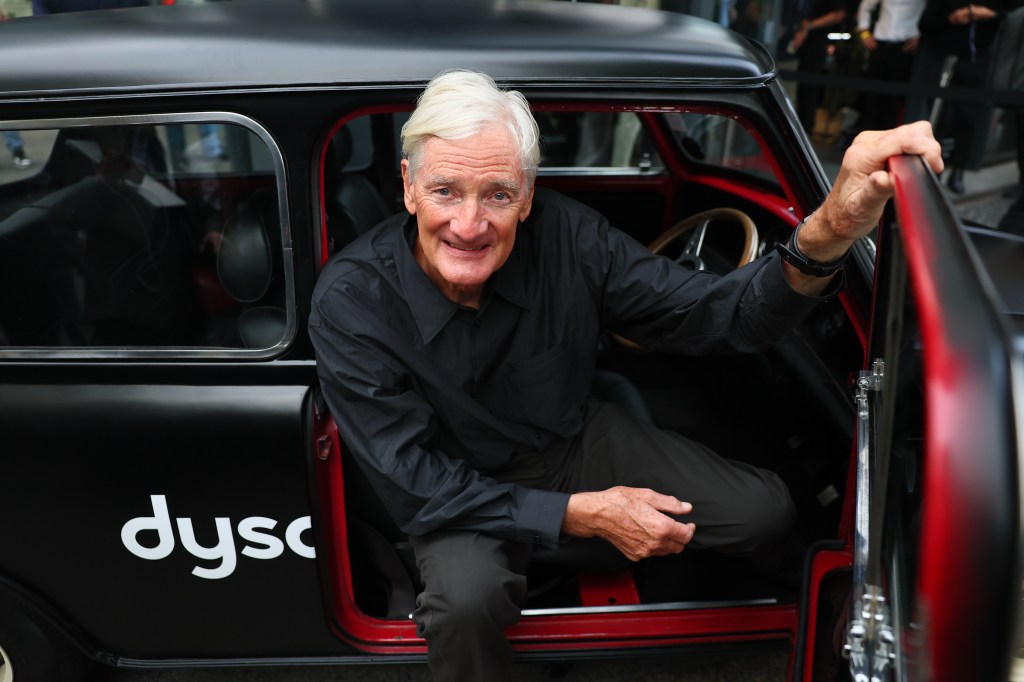Version 2.2 of the HDMI Specification is here, because we weren’t blazing ahead into eyeball-dazzling televisual overkill enough already.
The new spec ramps up maximum bandwidth from 48Gbps to 96Gbps, and supports resolutions up to a whopping 16K resolution at 60Hz. That’s 15,360x8640px. You could tile 16 4K images – or 64 1080p images – within the same space, if you were very bored and didn’t have anything better to do.
But come on: do we really need 16K? According to our team here at Stuff, no. And also, yes.
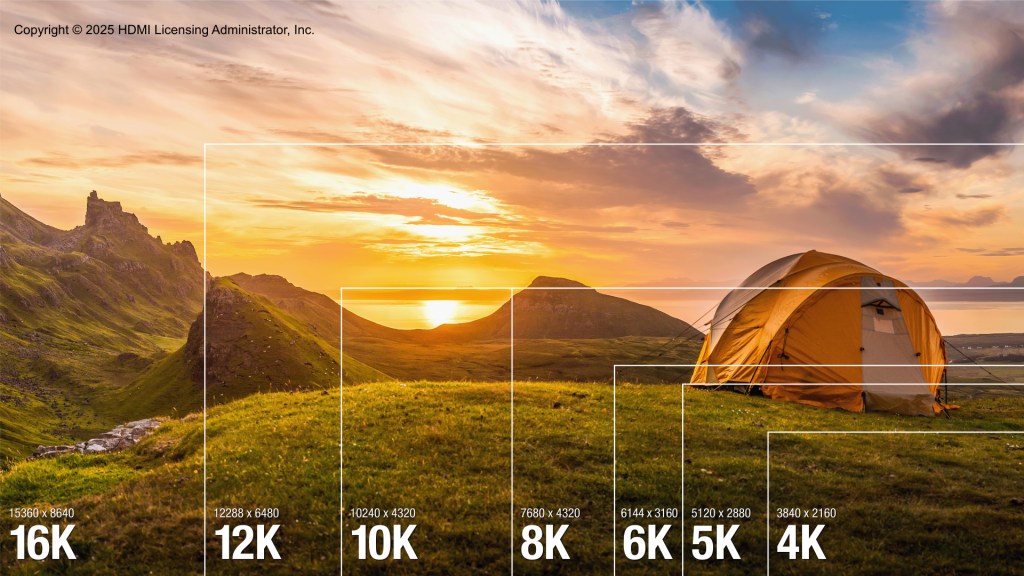
Why I don’t need 16K in my life
Craig Grannell, regular Stuff contributor and irregular grumpy old person
Maybe it’s my age. OK, definitely my age. But as new specs whoosh past my face, there comes a point where I think: enough. Like with 16K.
I come from a pre-HD world. Games with pixels so chunky you could cut yourself on them. Video so fuzzy that, when watching it today, you’d swear your internet was broken. So I’m not anti-upgrade.
The leap from SD to HD was huge. 4K? Not so much, unless your TV covers an entire wall. So most upgrades have felt like diminishing returns, alongside diminishing bank accounts while trying to keep up. Or maybe it’s my diminishing eyesight. But do eyes even support 16K? I’m reminded of audiophiles raving about remastered albums with audio ranges you’d need to be part bat, part elephant to appreciate. Can you really see 16K?
“Aha!” say some folks. “It’s not about size – it’s about sharpness!” TVs and monitors as crisp as a phone’s display, for pin-sharp footage when your nose is pressed up against the glass. Or a future of face-mounted gadgets for people who consider the vaguest hint of a visible pixel a crime against technology, humanity and reality.
Fine. Maybe this is my own (wrongly attributed) Bill Gates quote. But rather than saying 640k is enough for everyone, I’m arguing for 4K. Or definitely 8K. Because it’s not like we’re drowning in 4K content, let alone 8K. “But the future”, you might cry, as your closing move. Sure. Good luck flinging 16K footage around without melting broadband and blowing up budgets.
Still, if I’m wrong, feel free to dig up this column a decade from now while watching Captain Spider-Panther and the Miracle of Merch (Because We’re Not Even pretending Now) in glorious 16K.
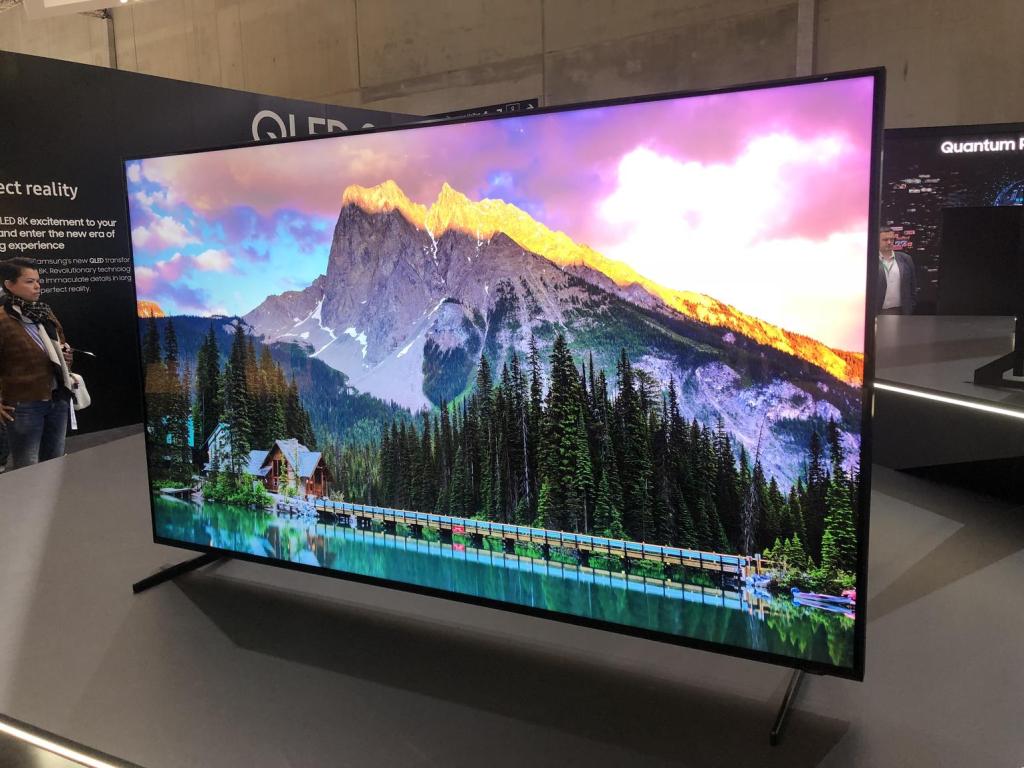

Why I’m 16K all the way
Tom Morgan-Freelander, Stuff deputy editor and irritatingly optimistic youngling
If my glasses prescription is any indication, you really don’t need 20/20 vision to spot the difference between HD and 4K – so imagine how much detail will be on show once Netflix starts streaming Is it Cake in glorious 16K. You’ll almost be able to taste the frosting!
OK, it’ll take a lot more than a new HDMI spec before that happens. We need cameras with big enough sensors to film the content in the first place. The file sizes will be astronomical. And no commercially available screen has that many pixels. Sony would allegedly sell you one as early as 2019, if you had a cool $5 million – and space for a display 17 meters wide. The tech has come a long way since then, but 8K is still where most TV brands draw the line.
HDMI 2.1 took two years to arrive, so the upgrade isn’t going to appear overnight. Still, we’ve got to start somewhere, right?
Black Magic, Red, Sony and Canon are almost certainly hard at work on the camera hardware; people far smarter than I are figuring out the algorithms to keep those file sizes in check; and ever-faster broadband speeds are laying the groundwork for 16K video at more than a frame per second. Having all those extra pixels to push in games might make the likes of Nvidia sweat a bit, but if that stops them obsessing over AI for even a moment then I’m all for it.
It’s not just resolution that has me excited about HDMI 2.2, either. Doubling the bandwidth means higher refresh rate gaming, so in theory the PlayStation 6 could spit out 4K images at 240Hz – or double what the PS5 can handle today. HDMI 2.1 goodies such as variable refresh rate (VRR) and auto low latency mode (ALLM) aren’t going anywhere, and backwards compatibility is a given, so we’re not having to give anything up in exchange. As noted philosopher Frasier Crane once said: “if less is more, just imagine how much more more would be.”



